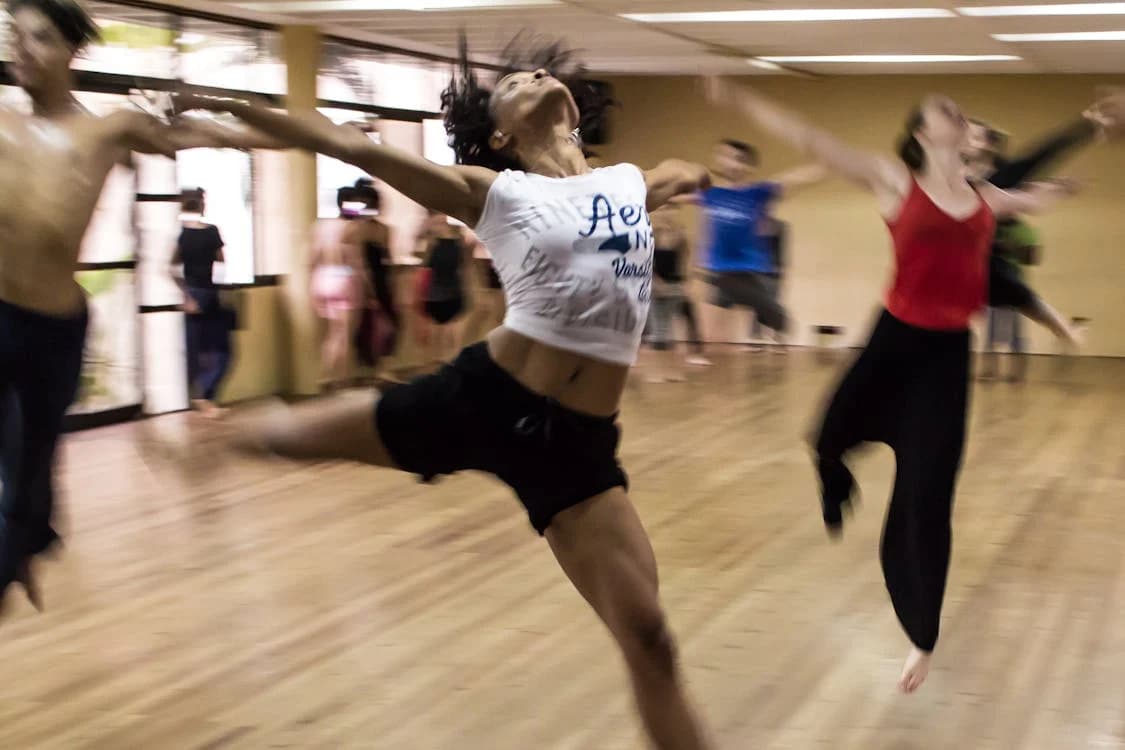During the Middle Ages, dance culture developed very quickly, dynamically and rapidly, becoming saturated with a variety of types. Such versatility of medieval dances is due to a kind of competition of kings and noble nobles in the primacy for the best ball, masquerade and other festivities. Everyone wanted to surprise and delight their guests, who were already spoiled by such spectacles.
The Middle Ages are probably the most rich in a variety of choreographic types. Among the most striking are:
The saltarello is one of the most dynamic and energetic Italian dances, performed mostly at a three-toned tempo, less frequently at a two-toned tempo. Saltarello is danced in combination with passamezzo and bass dance in a certain sequence.
Moresca or morisco is a pantomime medieval dance performed in grotesque robes with bells on the ankles by several dancers to musical accompaniment, with exotic timbres and punctuated rhythms.
The jig is a choreographic composition with English roots that originated in the 16th century. It was originally performed in 4/4 measure and later in 6/8 measure with punctuated eights.
The Pavana is a bipartite dance, which is a kind of majestic and rather slow procession. It was with this choreographic composition that any ball began in the 16th and 17th centuries. This dance has Italian roots and is the “brother” of the bass dance.
The gagliarda is one of the merriest dances of the Middle Ages, specifically of the 16th-17th century. It is performed in three-syllable size with a decreasing tempo. It was one of the favorite dances of the 17th century in Europe.
Chaconne is a dance of the 16th-18th centuries that came to Spain from the West Indies. From the 16th to the 18th century, it underwent some changes – originally it was danced in a fast and temperamental rhythm, and then the chaconne was transformed into a majestic and slow dance.
The bass dance was a sliding ceremonial dance, very similar to the polonaise. It was performed either in bipartite or triplets. The structure of this choreographic composition lacked jumps, and it looked more like a kind of “strolling” than a dance.
Almanda is a dance of German origin in a moderate tempo with a bipartite measure. It is very similar to the pavana.
Carole is a dance that is a circular choreographic composition, whose participants, holding hands, created a variety of figures to the accompaniment of songs.
During the Middle Ages there were a huge number of types of dance. In addition to the above-mentioned varieties, there were such as estampi, curante, brance, bergamaska, etc. It is worth noting that medieval dances were marked by certain clumsiness, simplicity of schemes and a standard set of simple steps. Such absurdity in the dance was due to the presence of rather heavy and voluminous garments. In particular it concerned the fairer sex. But over time, women could afford to shorten the hem of their clothes during the dance, putting them at the waist. This contributed to greater freedom of movement.



